Legendary Renaissance artist Michelangelo Merisi da Caravaggio receives the biographical feature treatment in Caravaggio’s Shadow, a sumptuously made but slightly wobbly film directed by Michele Placido.
The artist, known mononymously simply as Caravaggio, was inarguably one of the greatest painters of his time. His works combined a startling degree of realism with a rich, dark use of chiaroscuro – contrasts of light and shadow. Along with his talent he was also notoriously controversial: his use of homeless people and sex workers as models for Biblical characters offended the Papacy, while his debauched habits of drink, sex, and duelling scandalised society. His is a life perfectly designed for popular cinema; a surprise, then, that it took until 2022 for this film to emerge (it was preceded by Derek Jarman’s transgressive and arty Caravaggio in 1986).
Placido’s film picks up Caravaggio’s life in 1610, when the artist was in hiding in Naples and living under a sentence of death for murder. He has applied for clemency from the Pope, and in turn the Papal secret service has appointed a man (known only as ‘the shadow’) to investigate his past and personal proclivities. This allows the film to follow a framework of using flashbacks to illuminate Caravaggio’s life while keeping a core narrative running in 1610. The flashbacks do feel rather self-similar to the main storyline, and this does lead to occasional moments of confusion when the film jumps back and forth.
The film wisely keeps its adherence to the facts a little loose – there are enough gaps in our knowledge of his life that any adaptation was going to invent elements anyway – and keeps a focus on an entertaining blend of sex and violence. Cinematographer Michele D’Attanasio does a superb job of making the film resemble the artist’s paintings, with a lot of heavy blacks and dark corners, and a rich blend of warm hues piercing through the gloom. Visually it is all a patchwork of fire, mud, and flesh.
Riccardo Scamarcio bears a vivid resemblance to the real Caravaggio, and gives a rich and passionate performance in the role. He contrasts well with Louis Garrel as the nameless ‘shadow’, who brings a tightly pent-up intensity to his role. Praising screen legend Isabelle Huppert for her performance as aristocratic sponsor Costanza Sforza Colonna is simply par for the course: she has been and remains one of cinema’s most reliable talents.
With a lusty presentation and tone, the only lingering question is whether or not the film actually illuminates our understanding of the artist and his works. There is a lot to Caravaggio’s art that was startling and innovative, and while its controversial subjects get a lot of attention other aspects are less well explored. A more comprehensive screenplay might have managed to explore the art better, but the film as presented is clearly more focused on the artist. It is an immensely enjoyable, deliberately melodramatic work.
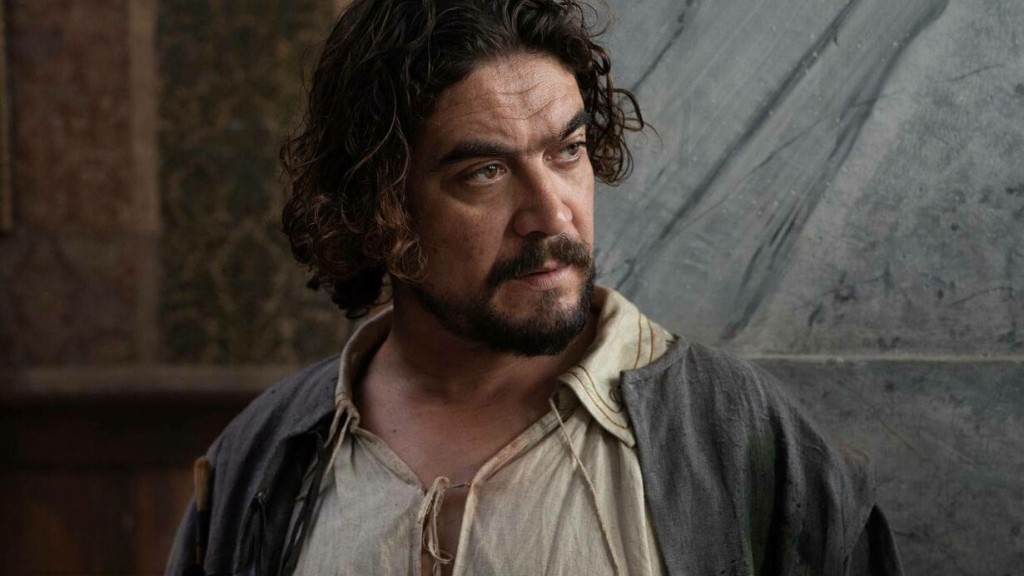
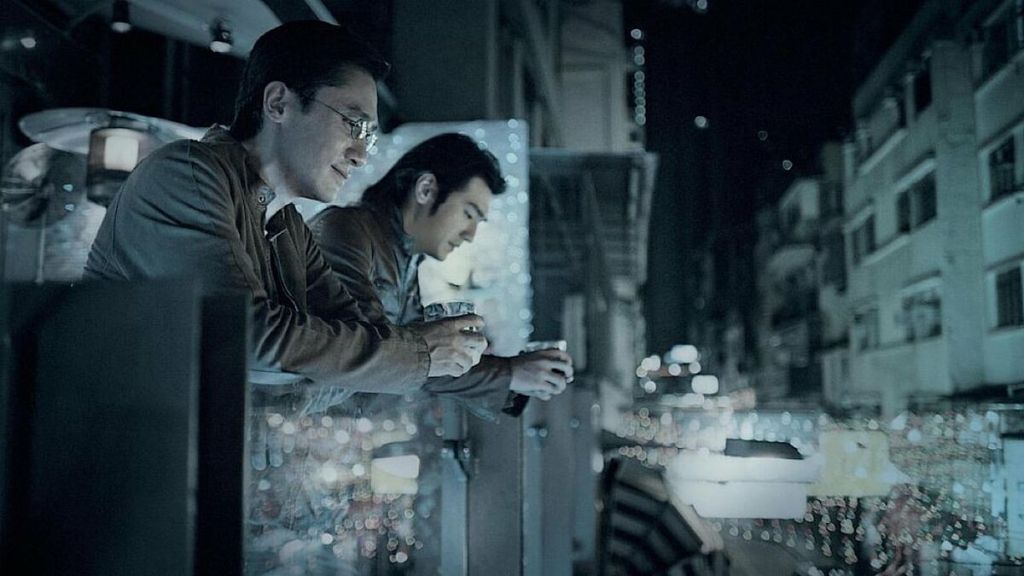
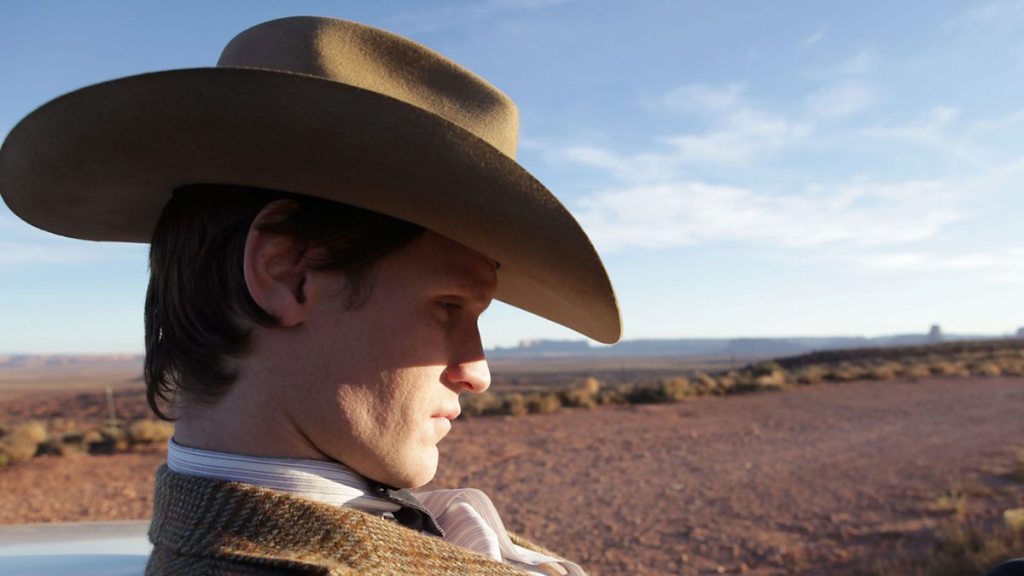
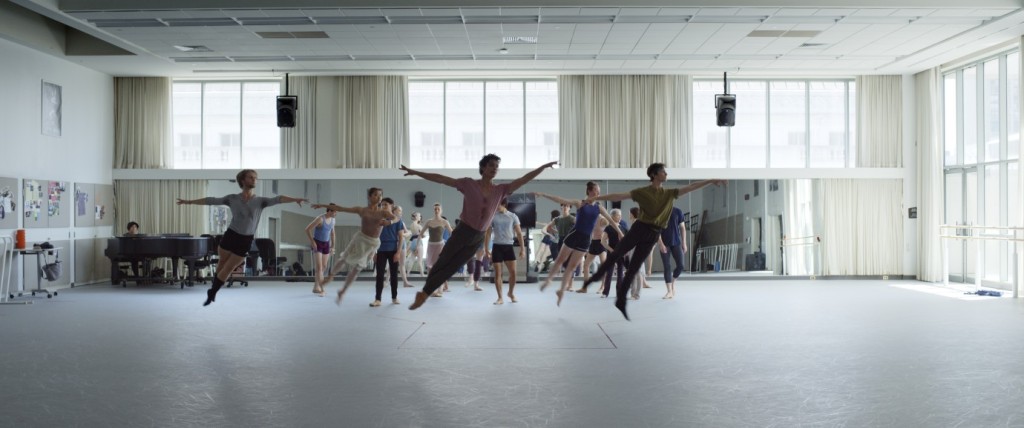
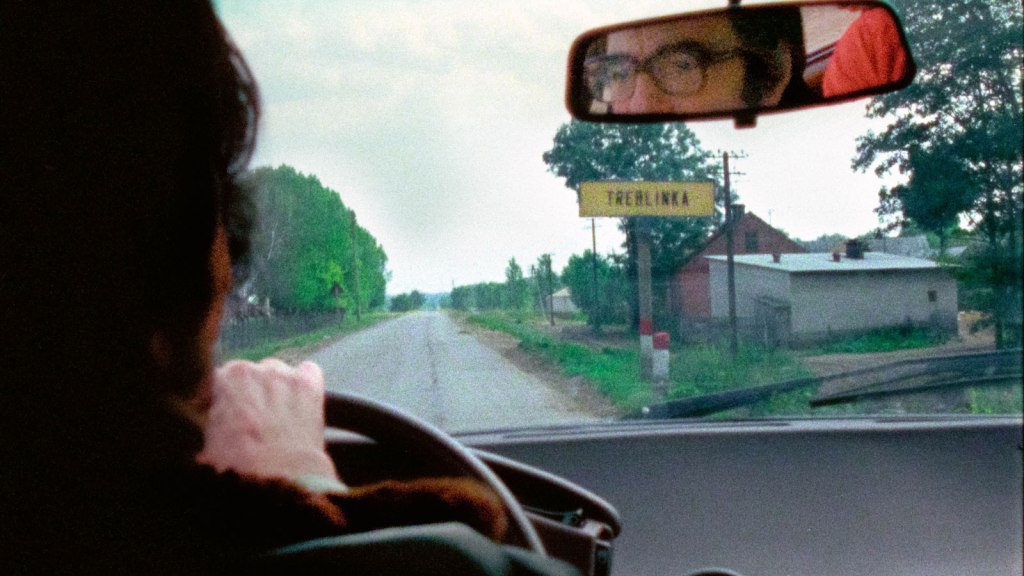
Leave a comment